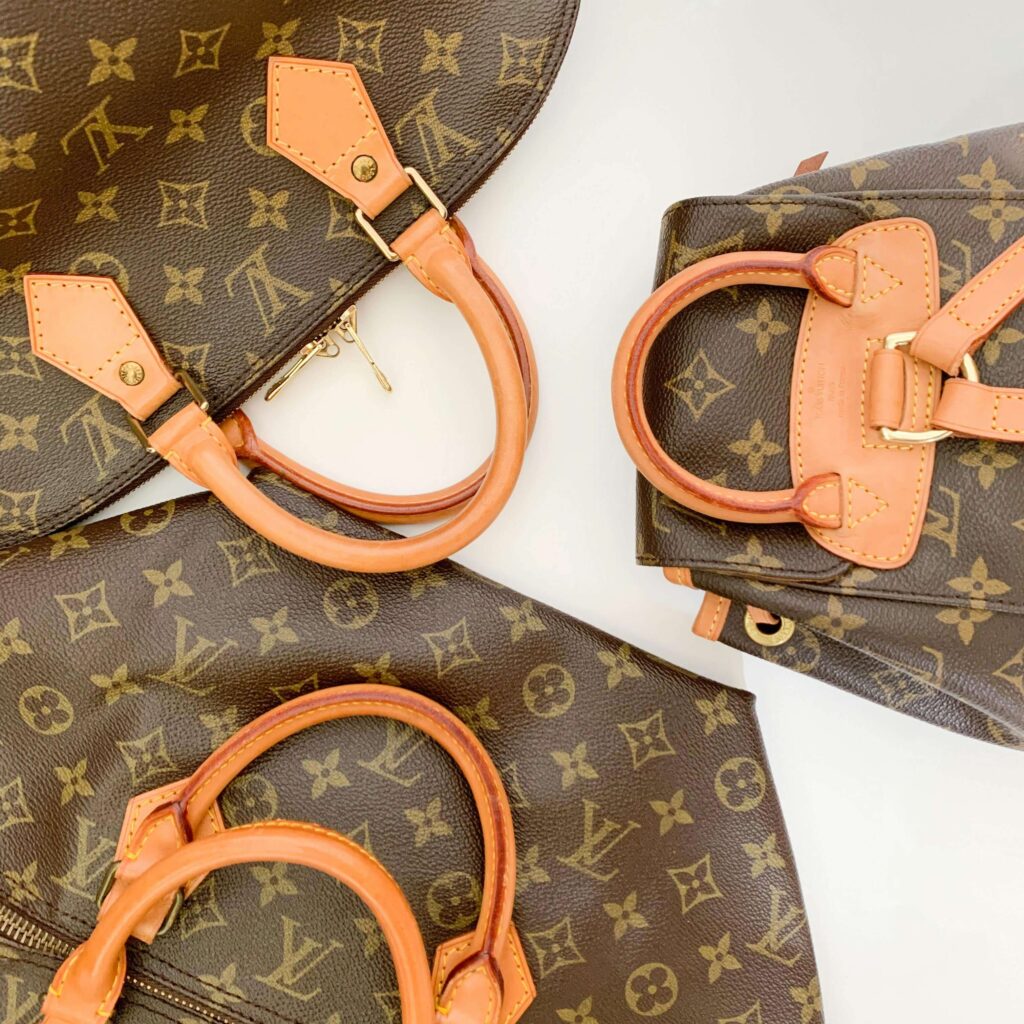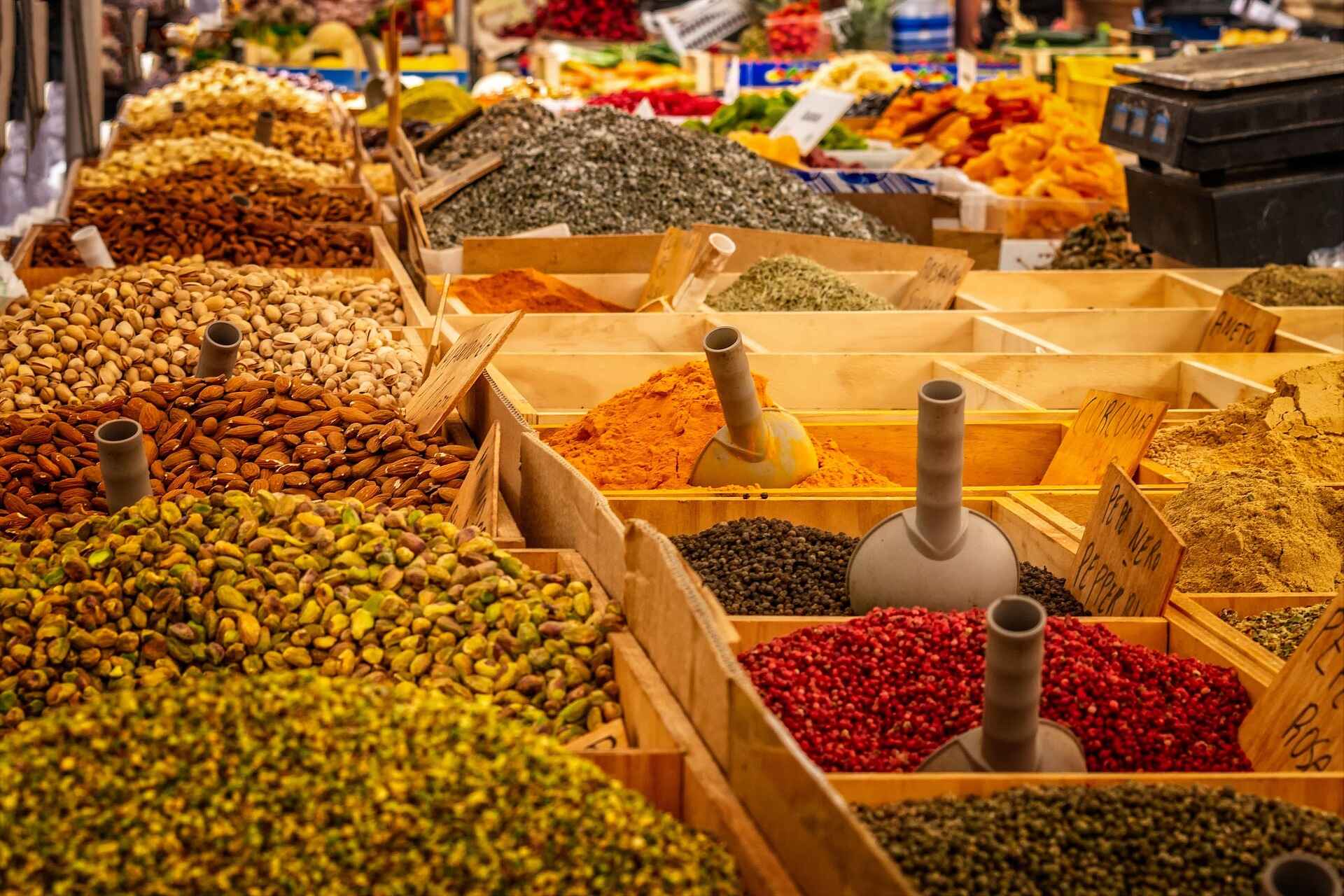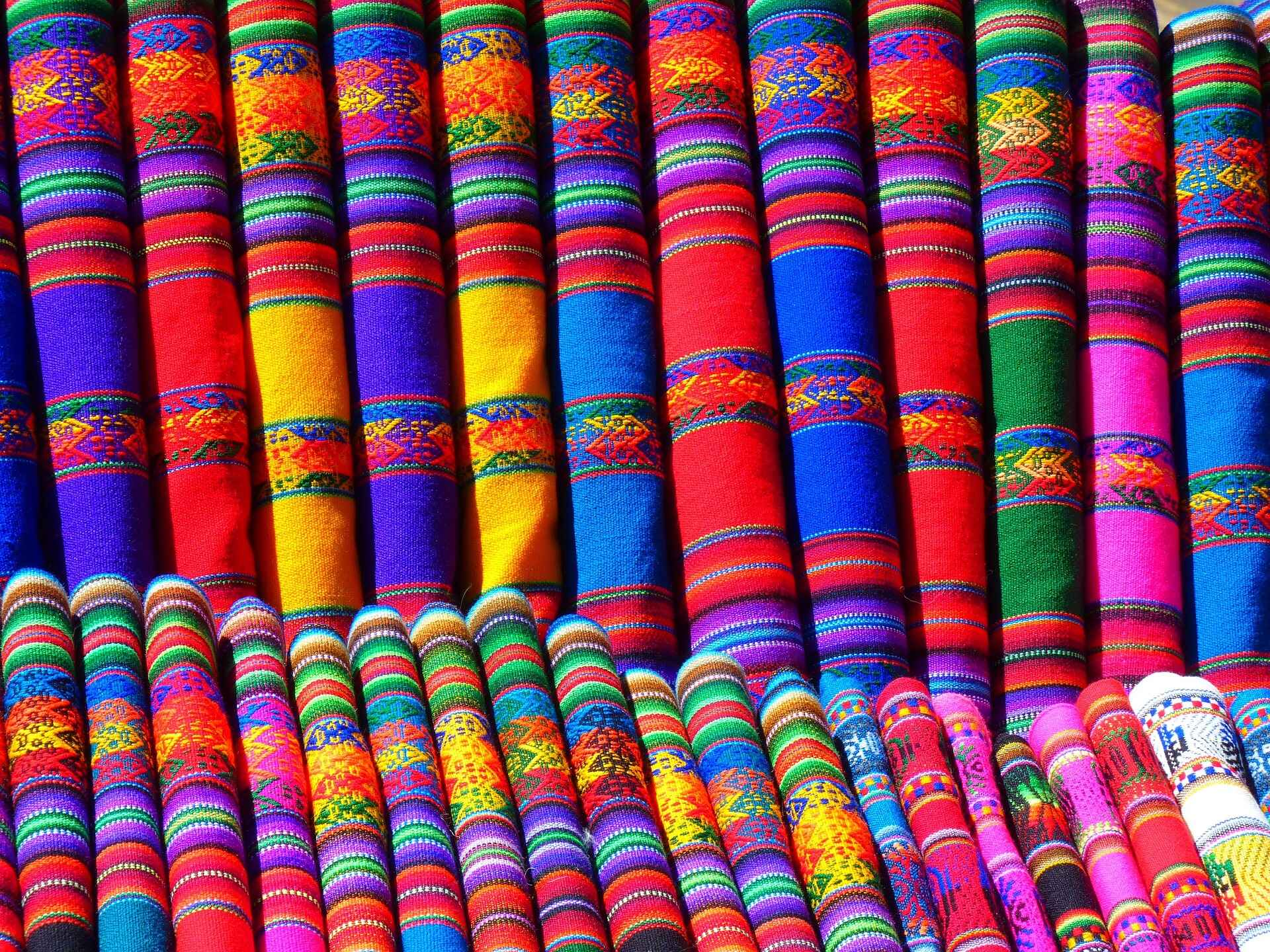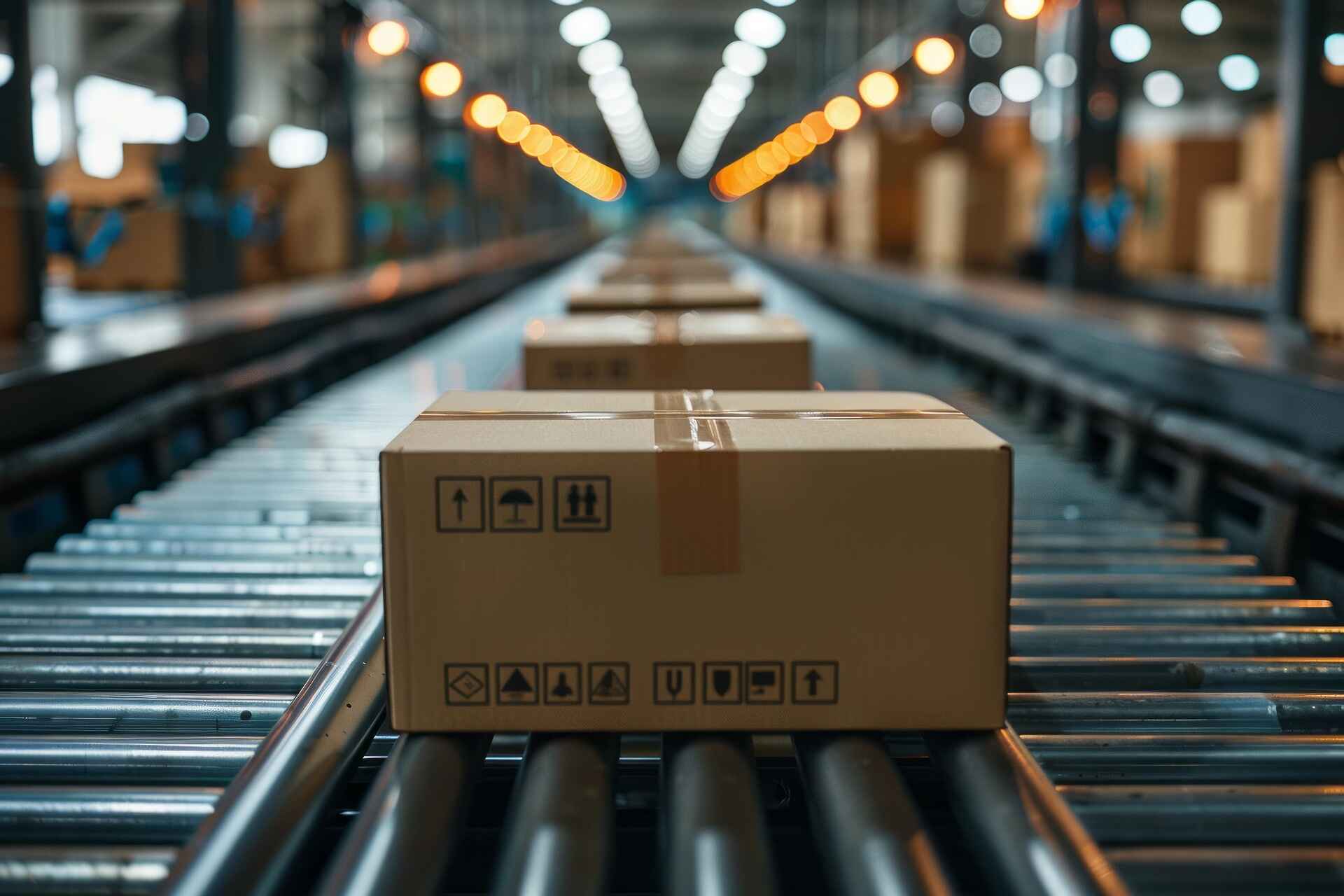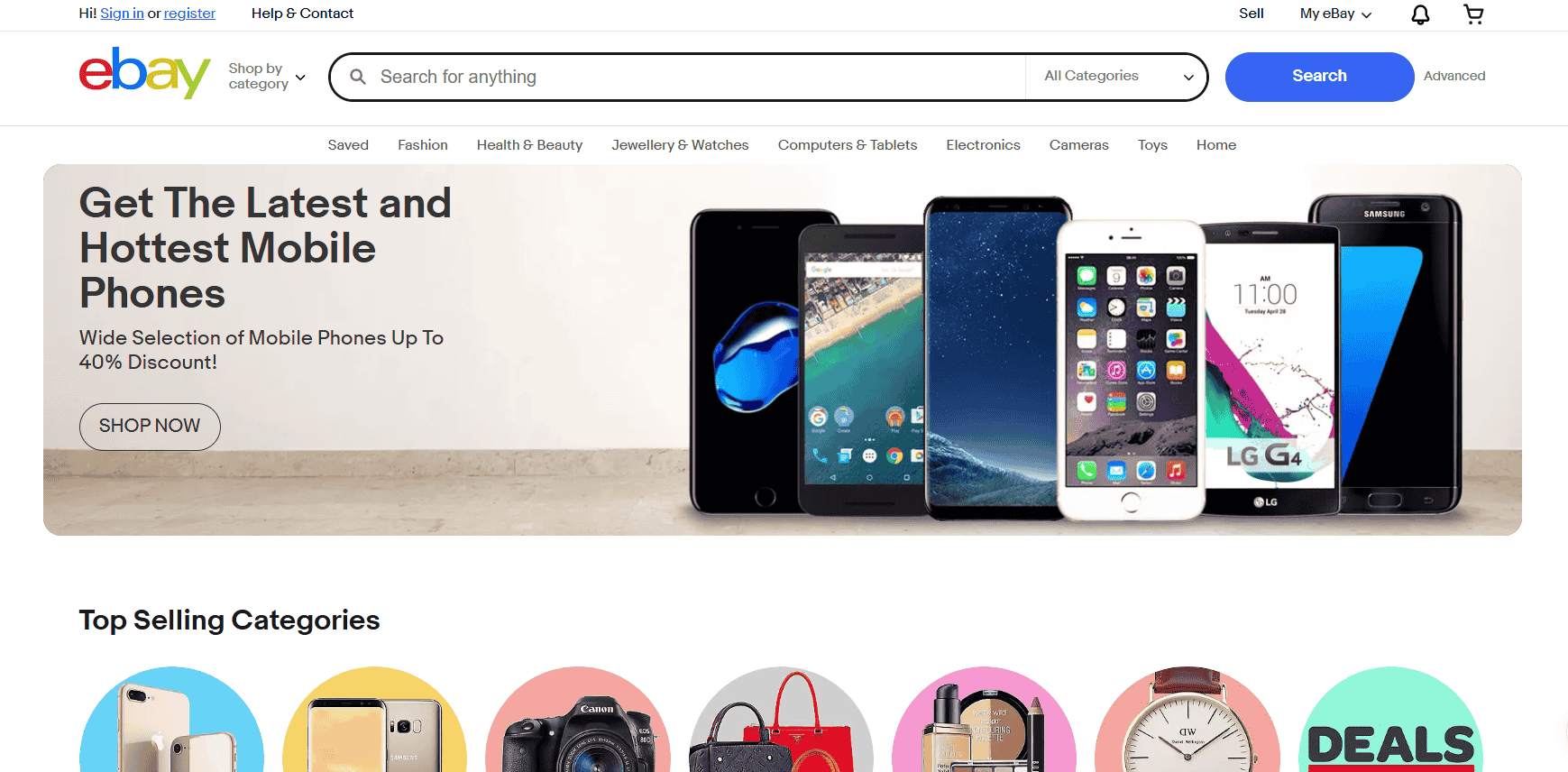When Jane Birkin boarded a flight from Paris to London in 1983, she had no idea her accidental chat with Hermès CEO Jean-Louis Dumas would spark one of the most iconic symbols of luxury in history: the Birkin bag.
That conversation, sparked by Jane fumbling with her overstuffed straw tote, led to the birth of a handbag that redefined what luxury could look and feel like.
Designed to be the perfect combination of elegance and functionality, the Birkin quickly became the crown jewel of the luxury handbag world. Celebrities, royalty, and elite collectors worldwide began queuing, often for years, just to own one.
The exclusivity of the Birkin bag created a sense of mystique and desire that no marketing campaign could replicate. It’s one of the few fashion items that has consistently appreciated in value, outperforming even stocks and gold in long-term returns.
-
Birkin bags are investment assets that can outperform stocks and gold.
-
The global luxury resale market is growing fast, driven by Gen Z, sustainability trends, and platforms like The RealReal and Fashionphile.
-
Success in selling luxury bags depends on trust, authenticity, branding, and knowing your target market.
-
You can start small by reselling mid-range designer bags or launching a white-label line sourced from skilled manufacturers in China.
-
Building a profitable luxury bag business takes precision, patience, and a long-term mindset focused on quality and service.
Today, it’s not just a fashion statement. It’s a form of currency, a collector’s item, and for many online sellers, a business opportunity worth chasing.
I’ve worked with online sellers who’ve built six-figure side hustles sourcing and flipping authentic designer bags. The demand is real, and so is the profit potential, especially when you understand how the market works and where to enter smartly.
Whether you’re dreaming of reselling a Birkin or launching your own high-end bag brand, the luxury handbag market is more accessible and more profitable than ever before.
What Makes the Birkin Bag So Special
The Hermès Birkin bag is handmade in France, with a single artisan crafting each one from start to finish. It can take up to 18 hours to make just one bag.
That’s not a factory line. It’s one person, one bag, with precision and purpose. Each artisan even signs their work discreetly inside the bag, which adds a personal touch that buyers value deeply.
Materials range from Togo leather—soft, pebbled, and durable—to exotic skins like Himalayan crocodile, often paired with 18-karat gold hardware and diamonds. These are bags you treat like fine jewelry.
Every detail is intentional, from the saddle stitching to the signature lock-and-key closure. There are no shortcuts in production, which is exactly why the Birkin bag continues to carry so much weight in the world of luxury.
Getting your hands on one? That’s the real challenge. You can’t simply buy a Birkin bag at will. Hermès keeps them deliberately scarce, creating a sense of exclusivity that makes even high-net-worth shoppers feel lucky when they get “offered” a bag.
Sales associates are known to track buying history, customer loyalty, and personal style before even considering you for the next available Birkin. It’s part strategy, part performance, and it works.
This rarity has made the Birkin bag more than a purchase. It’s an investment. According to a study by Baghunter, Birkin bags have outperformed the S&P 500 with an average annual return of 14.2% over the last 35 years.
That’s stronger than gold during the same period. I’ve worked with resellers who treat their Birkin inventory like assets in a portfolio, storing them in climate-controlled vaults and flipping them when the time is right.
There’s a reason so many online sellers are eager to break into this space. The Birkin isn’t just leading the luxury bag market. It’s shaping it. When you sell a Birkin, you’re not moving a product. You’re offering someone access to one of the most powerful status symbols in modern fashion.
Why Online Luxury Resale Is Booming
Verified Market Research projects the global luxury resale market at $25.8 billion in 2024, rising to $82.8 billion by 2032 (CAGR 15.5%). That growth isn’t slowing down. It’s accelerating.
More people are turning to resale platforms like The RealReal, Fashionphile, and Rebag not just to find a deal, but to access pieces that are rare, collectible, or completely sold out in boutiques.
These platforms have built trust by offering authentication guarantees, transparent pricing, and a seamless shopping experience. For online sellers, that creates a huge window of opportunity.
Younger consumers are fueling this shift. Gen Z and Millennials are driving demand for pre-owned luxury because they care about sustainability, smart spending, and individuality.
A new Birkin bag might be out of reach for most twenty-somethings, but a pre-owned Chanel Classic Flap or a Louis Vuitton Pochette Metis feels more attainable, and just as aspirational. Buying secondhand allows them to flex style without contributing to overproduction or retail markup.
Social media has added gasoline to the fire. A single TikTok video showing someone unboxing a Hermès Kelly or styling a vintage Dior Saddle Bag can rack up millions of views overnight. Platforms like Instagram, TikTok, and Pinterest have turned luxury fashion into a scrollable wish list.
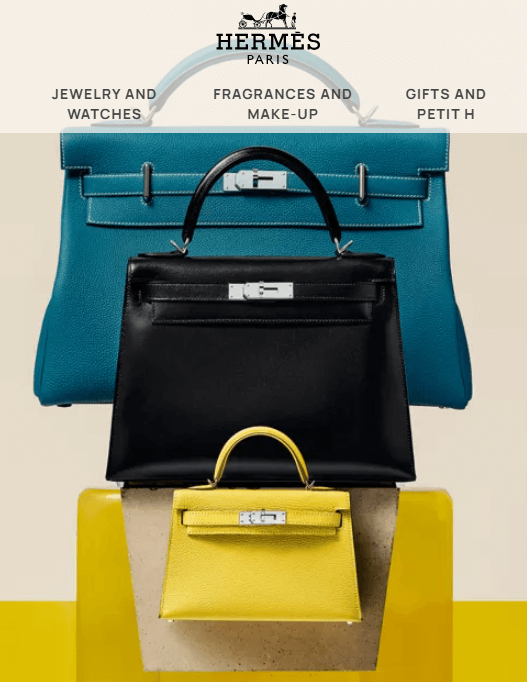
That exposure has made high-end bags feel more familiar and desirable, especially when influencers pair them with streetwear or thrifted outfits. It creates the impression that anyone can pull it off, with the right find.
I’ve seen it firsthand with a client who built her entire resale business through Instagram Reels and influencer collabs. She sourced pre-loved luxury bags, shot styled content, and talked honestly about wear, tear, and value.
Her followers weren’t just browsing. They were buying. And the bestsellers? Bags that were already trending on TikTok, like the Louis Vuitton Multi Pochette and mini Chanel Vanity Case.
Now is a prime time to enter this market. The demand is there. The tools are accessible. And with the resale culture gaining momentum, online sellers who position themselves right can carve out a loyal, high-spending customer base faster than ever before.
Who’s Buying Luxury Bags?
Your typical buyer is a high-income woman aged 28 to 45, often living in a major city like New York, Los Angeles, London, or Dubai. She’s career-driven, values presentation, and sees luxury bags not as splurges, but as part of her personal and professional image.
For her, carrying a Chanel Classic Flap or a Dior Saddle Bag is like wearing a résumé. It’s a signal of taste, success, and confidence.
Some are entering the world of designer bags for the first time, often drawn in by social media, celebrity trends, or a milestone in their life, like a promotion, engagement, or birthday. Others are seasoned collectors who treat their handbags like art.
They know which editions are rare, which colors are in limited circulation, and which models are likely to increase in value over time. You’re not just selling them a bag. You’re offering them access to a curated collection of power pieces.
Men make up a surprisingly strong segment of this market as well, especially as luxury gifting has grown more personal and intentional. In the Middle East, it’s common for men to buy designer bags as engagement gifts or anniversary presents.
In the U.S., more men are browsing resale platforms for birthdays, holidays, or even spontaneous luxury surprises. Over the past year, I worked with a seller who noticed a spike in male buyers every February and December, right around Valentine’s Day and Christmas.
Then there’s China, a powerhouse in the luxury world. Chinese consumers account for over 30% of global luxury purchases, and many are shopping online, across borders, and through resellers.
With the right marketing, customer service, and payment gateways, this market becomes a golden opportunity. Platforms like WeChat and Xiaohongshu (RED) are often where demand first shows up, before trickling into resale platforms and independent stores.
Knowing who you’re selling to makes it easier to decide which inventory to stock, what kind of branding to build, and how to price competitively.
You’re not chasing everyone. You’re selling to people who already see luxury bags as investments, statements, or thoughtful gifts. Speak their language, and you’ll move inventory faster and build real loyalty in the process.
How to Sell Luxury Bags Online
Start by picking a selling platform that fits your goals. You need to decide whether you’re looking for speed, control, or maximum profit.
Rebag, Fashionphile, and The RealReal are excellent for beginners who want to offload items quickly without worrying about logistics.
These platforms handle everything from authentication to shipping, and they already have an audience actively searching for terms like “authentic Birkin bag” and “pre-owned designer handbag.” The trade-off? Lower payouts per sale, but less work on your end.
Another option is to build your own Shopify store. This gives you full control over pricing, branding, and customer relationships. You keep 100% of the profit and have the freedom to test different product angles.
I’ve seen sellers use this model to create boutique-like shopping experiences with white-glove service, gift wrapping, and even loyalty perks. It’s more work, but the long-term payoff can be substantial.
eBay also works, especially for mid-range pieces like the YSL LouLou or Gucci Marmont, but credibility is everything. Without a strong seller rating and proof of authenticity, high-ticket items like a Birkin or Chanel Boy Bag might sit for months, or worse, invite chargebacks and disputes.
Running your own store means you’re responsible for more than just inventory. You need to think like a luxury brand. Product photography has to be sharp, clean, and detailed.
Invest in a DSLR or a phone with excellent macro settings. Natural lighting works wonders. Show every angle. Highlight hardware. Include close-ups of serial numbers, stamps, and stitching.
Then there’s your copy. Listing a product as “Used Chanel Bag – Great Condition” won’t get you clicks. Use searchable, high-intent phrases like “authentic Chanel Classic Flap in caviar leather” or “genuine Louis Vuitton Neverfull MM – monogram canvas” to improve your visibility on Google and within your site search.
In 2023, I worked with a client who was struggling to get traction with her Shopify store. Her bags were authentic, and her prices were fair, but her descriptions read like they came from a spreadsheet.
We rewrote her listings using SEO-rich language mixed with personal storytelling: why the bag mattered, where it was sourced, and how it could fit into someone’s wardrobe.
Her conversion rate jumped by 38% within the first month. Chanel and Hermès led the sales, with her Birkin listing ranking on page one for several competitive keywords.
Selling luxury bags online requires more than uploading photos and setting a price. You’re entering a market where buyers are cautious, informed, and emotionally invested.
Every listing is a chance to build trust, create desire, and make your store the one they come back to for their next designer find.
Starting a Luxury Bag Business: Costs and Setup
This business isn’t cheap to start, but the returns can be worth it when you play it smart. You’re working with high-ticket products, which means the upfront investment can feel steep, but so is the potential payoff per sale.
Inventory is where your biggest chunk of capital will go. Expect to spend at least $5,000 to secure a small but solid starting lineup of quality bags. A single Birkin bag might cost $12,000 or more even on the secondary market, and that’s before taxes, shipping, or authentication.
Starting with mid-range items like the Chanel Wallet on Chain or Gucci Jackie 1961 can help build momentum while keeping your risk manageable.
Authentication services are non-negotiable. Platforms like Entrupy use AI-driven scanning tools to verify bags with a certificate of authenticity, which builds trust with your buyers and protects you from chargebacks.
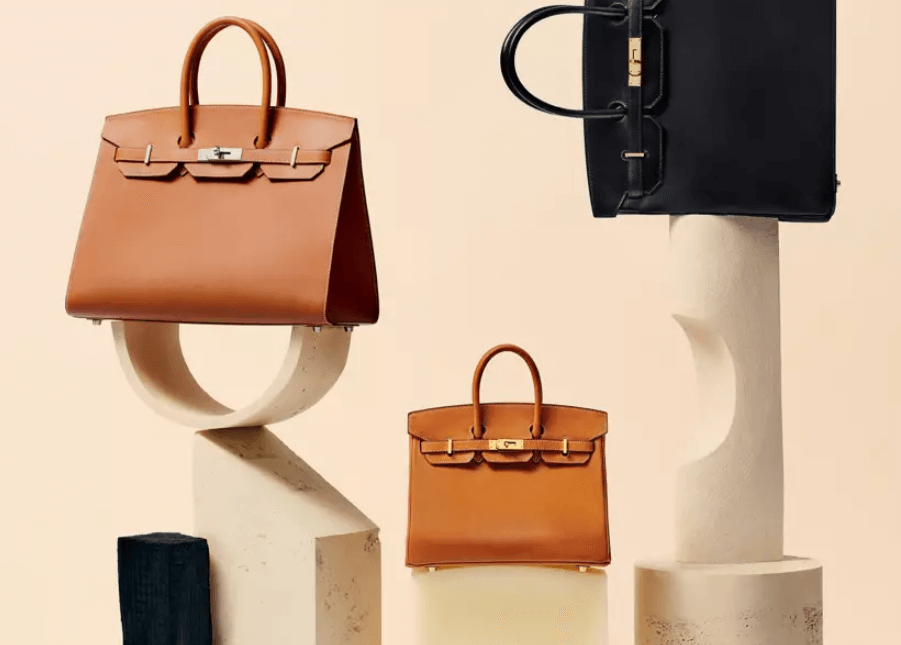
Some plans let you scan per item, while others work on monthly subscriptions. Expect to pay around $20 to $100 per bag, depending on the level of detail required. It’s a small cost compared to what you’ll lose from one angry customer accusing you of selling fakes.
Website, branding, and marketing can easily run $3,000 to $10,000 or more, especially if you’re building an independent store. You’ll need a well-designed Shopify or WooCommerce site, strong brand visuals, and email automation tools.
Most of the successful sellers I’ve worked with reinvested early profits into professional design, clean product pages, and email flows that actually convert.
Shipping and insurance are often overlooked in the beginning. Luxury bags need proper handling, tracking, and full insurance coverage. One lost Louis Vuitton or scratched Hermès Constance can erase your entire profit.
Use services like UPS Capital, DHL Express, or FedEx Declared Value to protect every shipment. Make sure you include signature confirmation on delivery. It’s a basic step, but I’ve seen sellers skip it and pay the price when packages vanish.
International selling can open up bigger markets, but it comes with its own set of risks. Import duties, VAT, and trademark restrictions vary by country. One seller I advised sourced a batch of pre-owned luxury bags and shipped them overseas to a high-spending buyer.
Her mistake? No documentation proving the bags were authentic. Customs seized everything, and she lost nearly $20,000 in inventory.
That experience taught her to get all her paperwork in order and work only with certified suppliers. Learn from that. Build your backend first. Line up the right platforms, partners, and protection measures.
When you’re working with luxury items, the foundation has to be tight before you scale. That’s how you avoid the headaches, and make room for real profits.
Selling Luxury Bags Made in China: Opportunity or Red Flag?
Not all luxury bags made in China are knockoffs. In fact, several high-end Chinese OEM manufacturers quietly produce for major designer brands behind the scenes.
You’ll find some of the most skilled leatherworkers operating in cities like Guangzhou, Shenzhen, and Dongguan, places where craftsmanship is taken seriously and the equipment is top-tier.
These workshops follow strict quality control processes, work with premium materials, and can replicate complex patterns with precision that rivals European ateliers.
Some of these factories also offer private-label services, which is where things get interesting for online sellers. You’re not just sourcing bags. You’re sourcing potential brands. With the right supplier, you can launch your own luxury-inspired handbag line without the overhead of manufacturing from scratch.
The key is in choosing structured, timeless silhouettes that visually compete with high-end bags but don’t trigger copyright or trademark issues. Think trapeze shapes, minimalist totes, or croc-embossed satchels.
Platforms like 1688 (the Chinese domestic version of Alibaba) are goldmines for finding direct manufacturers at much lower prices than Alibaba itself. You’ll find bags priced between $20 to $50 that, once rebranded and professionally packaged, can easily retail for over $150.
For even more hands-on vetting, many sellers attend the Canton Fair, one of the world’s largest sourcing expos held biannually in Guangzhou. That’s where you meet factory owners face to face, examine bag samples, and negotiate better deals on the spot.
Just be very clear about your legal boundaries. You can’t label or sell these bags as Chanel, Hermès, or any other protected brand. Doing so isn’t just risky. It invites takedown notices, fines, and potential lawsuits.
You’re building your own line, not imitating one. Focus on branding, design tweaks, and the unboxing experience to make your offering feel premium.
A seller I worked with in 2022 did exactly that. She sourced clean, structured minimalist bags from a vendor in Shenzhen for about $28 each. She invested in quality zippers, added embossed logos, and had her packaging custom-designed with magnetic boxes, silk dust bags, and handwritten thank-you cards.
Then she launched on Instagram and TikTok Shop, pairing each drop with UGC-style content and influencer giveaways. Her retail price? $180 per bag. Her profit margin? Over 500%, even after accounting for shipping and influencer fees.
That strategy worked because she treated her product like a true luxury experience, not a fast fashion shortcut. Her customers loved the quality, the branding, and the way it made them feel, like they found a hidden gem no one else had.
And in this market, that’s what moves product. You’re not just flipping bags from China. You’re building a brand people trust.
Is It Worth It?
Selling luxury bags can absolutely be worth it, but only if you treat it like a real business from the start. You’re dealing with high-ticket items that have serious resale power.
A single Birkin bag sold for $12,000 could bring in the same revenue as 300 sales of a $40 product. That kind of math changes how you think about inventory, marketing, and customer service.
You don’t need a warehouse full of stock to hit meaningful numbers. A small, curated collection of five to ten designer pieces can generate thousands in monthly profit, as long as each one is sourced wisely, priced competitively, and presented professionally.
That’s the upside of selling in the luxury space: the margins are high, the customer base is willing to pay, and the repeat buyers often come back for more.
But here’s what most people overlook: this market rewards precision. Everything from your product titles to your return policy needs to build trust. Luxury buyers expect premium packaging, fast responses, and accurate authentication.
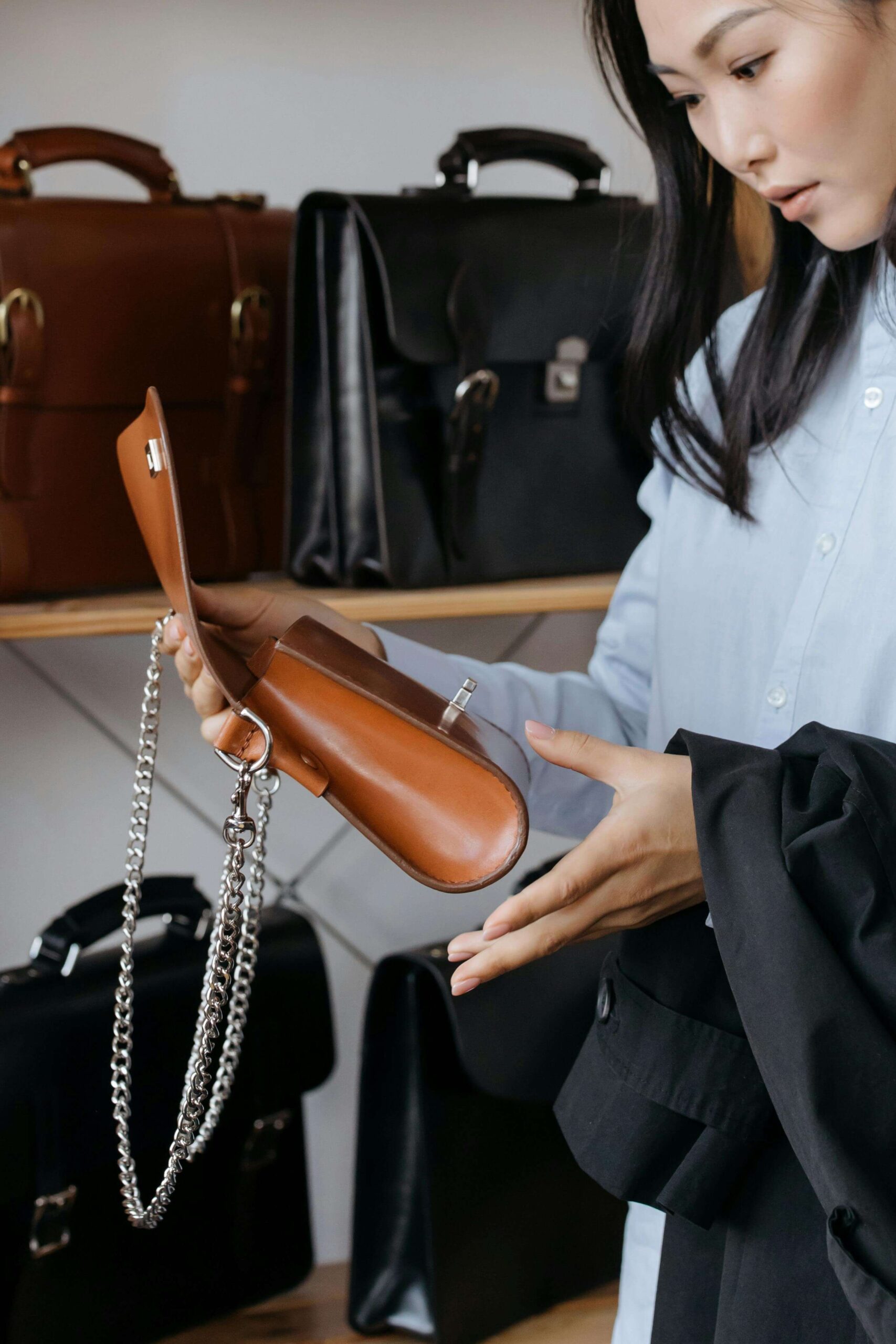
One loose thread on a photo or a vague description is enough to scare off a $3,000 buyer. I’ve seen new sellers with great bags fail to make a single sale simply because their listings looked sketchy or too casual.
Building trust takes more than good inventory. You need crisp, clean photography, solid proof of authenticity, and an online presence that shows you know your stuff.
One of my clients launched with just two bags, a YSL LouLou and a Gucci Marmont, and made her first $2,500 in less than three weeks.
She reinvested that profit into buying a pre-owned Chanel Boy Bag, then a Hermès Evelyne. Within six months, she was finally able to source a Birkin at a price she could flip.
Getting to the point where you’re selling Birkins consistently takes time. But you can absolutely work your way up. Start with mid-range bags that have strong resale demand, low risk, and loyal fan bases.
Focus on building a reputation for quality and service. Once you’ve earned a few solid reviews, the higher-end buyers start taking you seriously.
Luxury buyers are some of the most loyal in ecommerce when you deliver what you promise. So, yes, it’s worth it. Not because the profit comes fast, but because it’s sustainable when you put in the work and build something that feels trustworthy and exclusive.
Alternatives to Birkin Bags and High-Risk Luxury
You don’t have to dive into the deep end with Birkins right away. There are smart, lower-risk ways to break into the luxury bag space without tying up tens of thousands of dollars in inventory.
These entry points still offer solid profit margins, and more importantly, they help you build brand trust before going all in on ultra-luxury.
Pre-loved Chanel, Gucci, or Céline bags are strong alternatives with high demand and relatively stable resale value. Models like the Chanel Wallet on Chain, the Gucci Dionysus, or the Céline Box Bag have loyal followings and perform well in both resale marketplaces and independent stores.
You can usually source them for under $2,000 and still flip them for a healthy margin, especially with proper authentication and solid presentation.
Vintage handbag restoration and resale is a niche with serious upside. Older designer pieces often have unique shapes, discontinued fabrics, or hardware styles collectors are actively searching for. Cleaning up a scratched clasp or replacing a faded lining can significantly increase the value.
I’ve worked with a seller who built her brand entirely around restoring vintage Coach and Dior bags. Her followers loved the mix of nostalgia and sustainability, and her profit margins were consistently above 60%.
Building your own white-label handbag brand is another smart play. You control the design, branding, and packaging from the start. This lets you position your bags as luxury-level without needing to compete head-to-head with established giants.
Structured silhouettes, clean branding, and thoughtful packaging go a long way when selling on platforms like TikTok Shop or Instagram. Customers want quality, but they also love discovering something new that feels exclusive.
Curating a store focused on ethical luxury or affordable designer dupes taps into a fast-growing segment of fashion shoppers. People are actively searching for bags that look like high-end pieces but are vegan, ethically made, or budget-friendly.
That’s not the same as selling fakes. It’s about offering stylish, unbranded alternatives that cater to fashion-forward buyers who care about ethics, value, or both.
The margins in these alternative segments may be lower compared to flipping a Birkin bag, but the risks are far more manageable. You’re not sinking $12,000 into a single piece. You’re testing your systems, your branding, and your audience with less pressure.
Plus, there’s a noticeable shift in buyer behavior toward sustainable fashion and ethical sourcing, which means the demand for these alternatives is only getting stronger.
Whether you’re reselling vintage Dior or launching your own line of minimalist leather totes, the key is to build something consistent, honest, and well-positioned. Once you’ve proven you can move product and delight your buyers, then it becomes easier to step up into the higher-end tier.
How to Make It in This Business
If you’re thinking of entering the luxury bag business in 2025, the market is wide open, but it’s not for the careless or clueless. Buyers of Birkin bags and other luxury accessories have sharp eyes, high standards, and zero tolerance for vague listings or weak branding.
They expect you to know the difference between Clemence and Epsom leather, between an authentic date code and a fake stamp. You’re not just selling bags. You’re stepping into a space where reputation carries more weight than inventory.
This is a space where trust is earned through details. Everything from your product photos to your return policy tells your customers what kind of seller you are.
In the same way Hermès crafts each Birkin bag with obsessive precision, you have to build your business with the same kind of discipline. That means vetting suppliers, backing your claims with proof, and keeping your buyer experience as smooth and professional as your product.
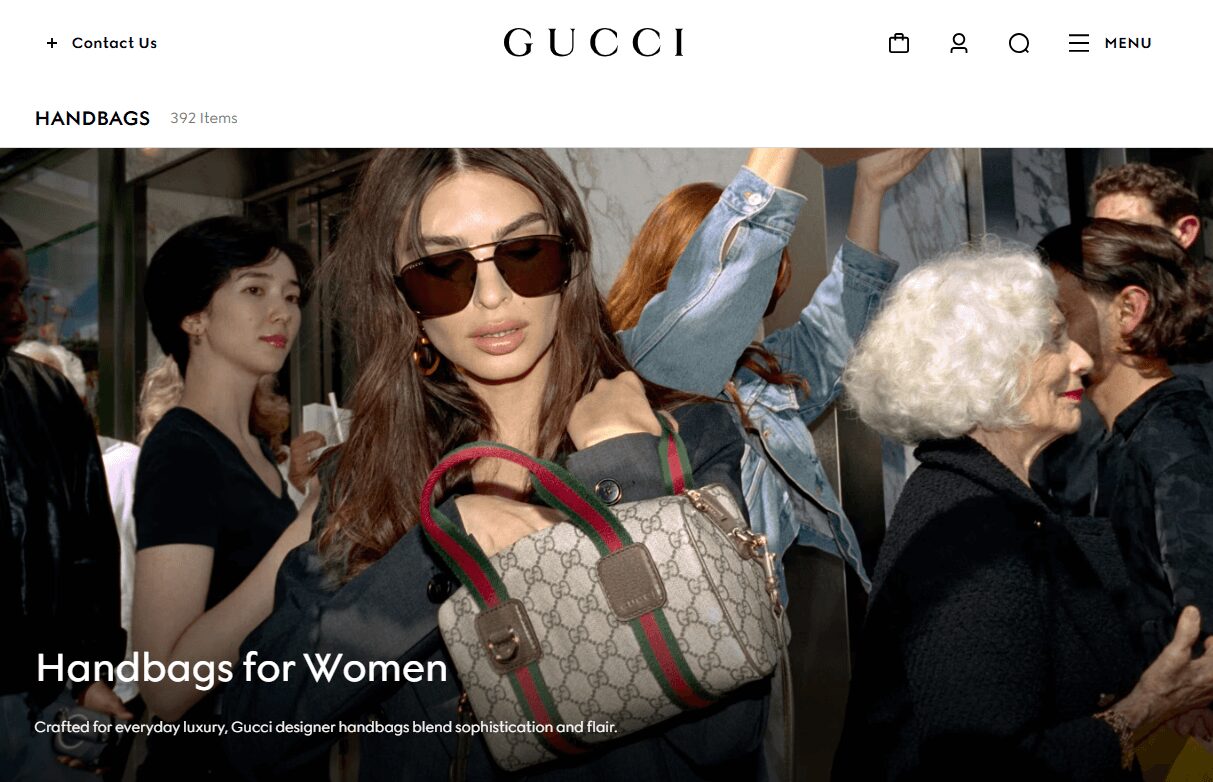
Plenty of sellers dive in thinking a single $10,000 sale will change their life. What they find instead is a competitive field full of experienced players, strict buyer expectations, and the kind of logistical challenges that punish shortcuts. This industry can be incredibly rewarding, but it will expose anyone who’s cutting corners.
My take? Start slow and build like you’re in it for the long haul. Begin with what you can handle. Know every inch of the bags you’re selling. Learn what your buyers care about, and speak to those values clearly and consistently.
Whether you’re flipping a pre-loved Chanel or sourcing structured minimalist totes from a factory in Guangzhou, the profits are there, but only for sellers who take this seriously.
This isn’t fast fashion. It’s long-term luxury resale. And if you’re willing to master the details, trust your process, and put in the work, there’s no reason you can’t carve out a profitable corner in this space.
I’ve helped sellers go from hesitant first-timers to confident, six-figure business owners. Not by luck, but by treating this business with the focus and care it demands. That’s how you win here.

